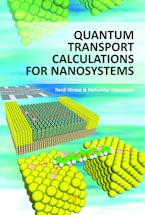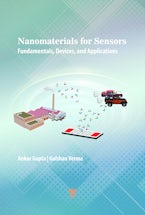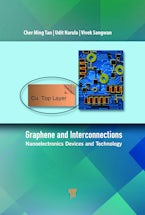Inelastic conductance through molecular-scale electronics may give rise to a rich variety of dynamical processes, including vibration, rotation, intermode energy flow, desorption and reaction. Current-driven dynamics in nanojunctions carries a broad range of already tested and projected applications. These include new approaches to spectroscopy, new forms of molecular machines, new means of manipulating the conductivity of molecular junctions, new approaches to surface nanochemistry and new directions in nanolithography. It also offers several fascinating questions for fundamental research. These include the understanding and control of strongly nonadiabatic vibronic dynamics under nonequilibrium conditions; the modeling of heat transport, dissipation and rectification; and the design of molecular machines with desired functionalities.
Consisting of ten chapters written by some of the world’s leaders in the field, this book combines experimental, theoretical and numerical studies of current-driven phenomena in the nanoscale. The topics covered range from single-molecule, site-specific nanochemistry induced by a scanning tunneling microscope, through inelastic tunneling spectroscopy and current-induced heating, to current-triggered molecular machines. The various chapters focus on experimental and numerical method development, the description of specific systems, and new ideas and novel phenomena.
Although the topic of current-driven dynamics is of rapidly growing activity, it is rather young and hence was not addressed in a book before. Thus, the present volume is the first book to address this topic. At the same time, each of the chapters interfaces with a different familiar field. Hence the book touches upon familiar questions, such as conductance and scattering in the nanoscale, the electronic structure and reaction dynamics of surface processes and the concept of molecular machines. Finally, the chapters are selected to cover a combination of purely fundamental problems, such as the nature of the all-important interface and the theory of scattering under nonequilibrium, along with issues of practical application, such as heating and heat dissipation in nanojunctions, and the prospect of stable, silicon-based molecular electronics.













